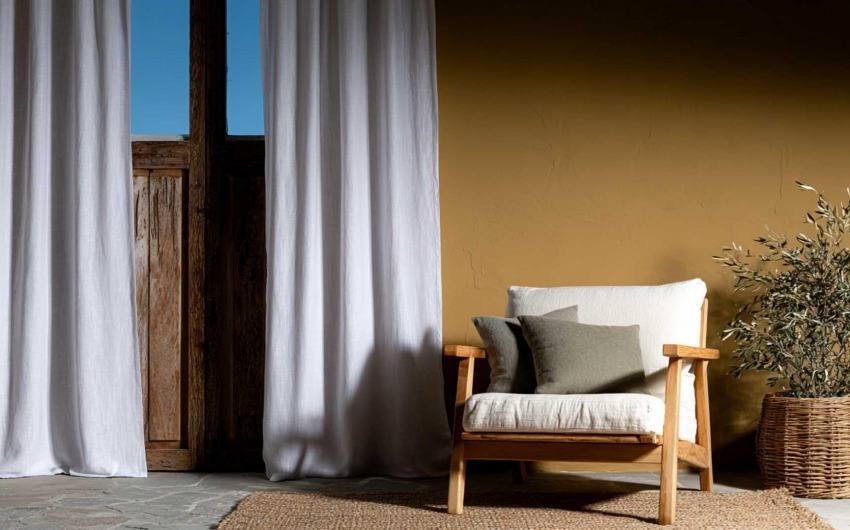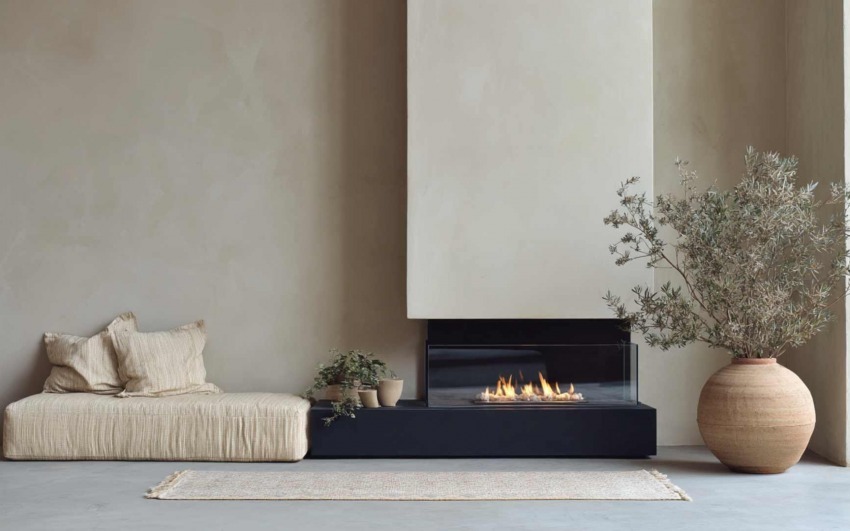4/25/2025
In this article, we will explore how to create an elegant environment without ostentation, discovering the fundamental principles of discreet luxury in interior design.
1. High-Quality Materials: The True Definition of Luxury
The quality of materials is one of the key elements of discreet luxury. A refined environment does not need excessive decoration if the materials used are of the highest standard.
Materials that embody quiet luxury:
Solid wood with natural grain, treated with matte finishes for an elegant effect.
Natural stones like marble, travertine, and quartzite, used discreetly on surfaces and details.
Premium fabrics like linen, cashmere, and silk for upholstery and decorations.
Refined metals like brushed brass, bronze, and brushed steel, used for subtle but sophisticated details.
Practical example:
A solid wood table with a natural finish, paired with high-quality leather chairs, conveys luxury without the need for flashy elements.
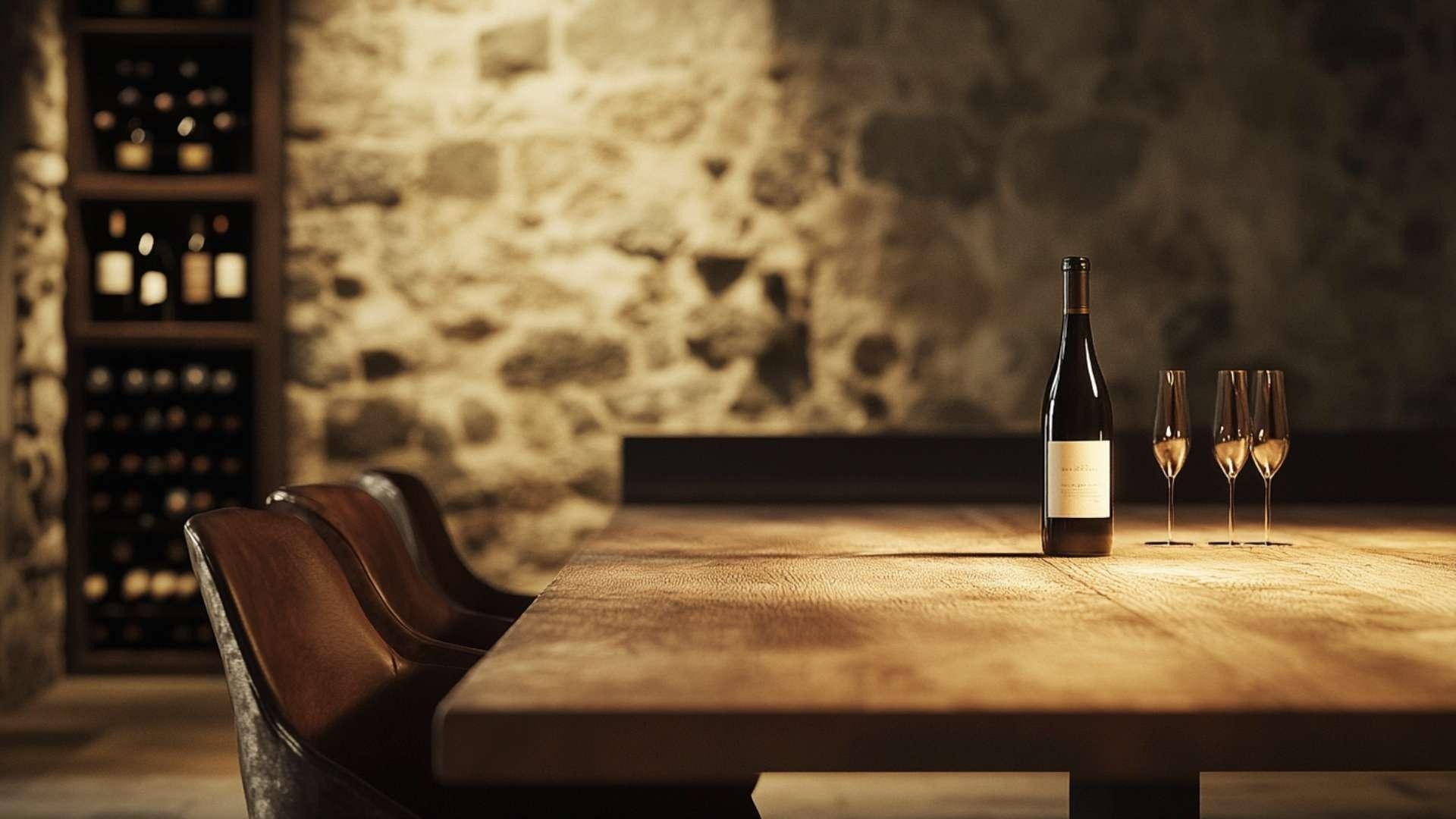
2. Neutral Palettes and Elegant Tones
Quiet luxury is expressed through refined and timeless colors, avoiding excessive chromatic contrasts.
Neutral tones give environments a sober and relaxing appearance, highlighting the quality of materials and finishes.
Ideal colors for an elegant space:
Beige and ivory: Refined and warm, perfect for walls and fabrics.
Sophisticated grays: From lighter to darker shades, for a contemporary look.
Natural tones: Sand, light terracotta, olive green, and warm brown add depth and comfort without being overwhelming.
Matte white and cream: Perfect for illuminating spaces discreetly.
Practical example:
A living room with ivory-colored walls, a beige linen sofa, and a light gray wool rug conveys relaxed and sophisticated elegance.
_4da5efd948_.jpg)
3. Minimalist and Functional Design
"Quiet luxury" also manifests itself through a design approach that favors essentiality and functionality.
Key elements:
Clean lines: No excessive decorations, but essential and well-defined shapes.
Custom-made furniture: Unique, handcrafted pieces made from noble materials.
Well-organized spaces: No excess objects, but each element is carefully chosen and serves a precise function.
Practical example:
A kitchen with handle-free cabinets, light oak finishes, and a natural stone countertop perfectly embodies discreet luxury.
_dd30448edd_.jpg)
4. Timeless Furniture: The Importance of Durability
One of the fundamental aspects of quiet luxury is the ability to resist fleeting trends.
A design focused on quality and timeless style remains elegant even after many years.
How to choose timeless furniture:
Invest in quality pieces rather than following fleeting trends.
Avoid superfluous details that risk aging quickly.
Choose classic shapes and durable materials that maintain their charm over time.
Practical example:
A caramel-colored leather armchair, with an iconic design and excellent materials, can be passed down from generation to generation without losing its aesthetic value.
_8dba0aef87_.jpg)
Quiet luxury is made of details, premium materials, and a careful approach to discreet elegance.
It does not need ostentation because quality speaks for itself.
Creating a sophisticated yet essential environment means carefully selecting every element, giving value to timeless beauty.
Less is more when every piece is designed to last and to communicate effortless elegance.
Integrating this philosophy into home design allows you to create refined, comfortable, and authentic spaces—capable of conveying a luxury that doesn't need to shout to be noticed.
_14077b47db_23.jpg)
Interior Designer since 1985
CEO & Founder, Italian Design in the World
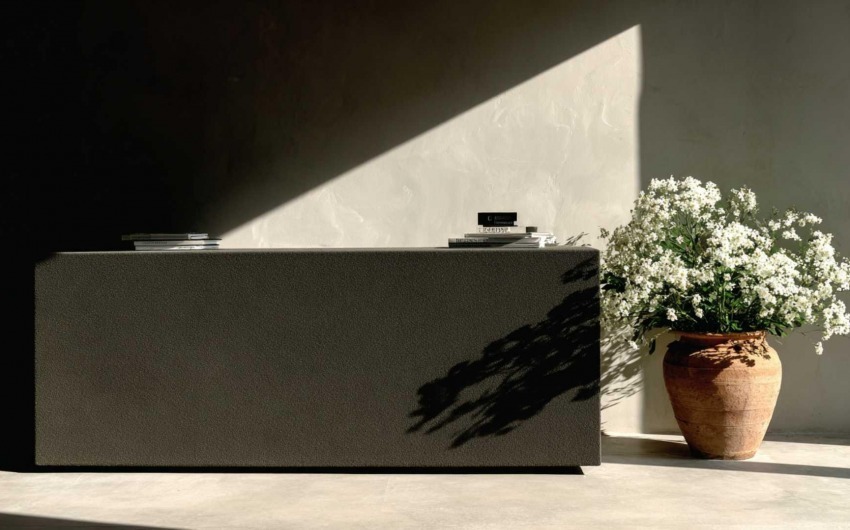
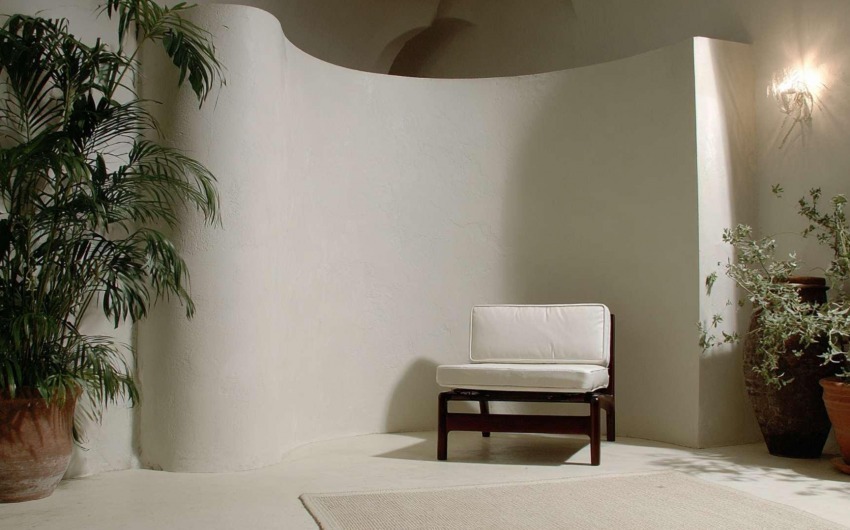
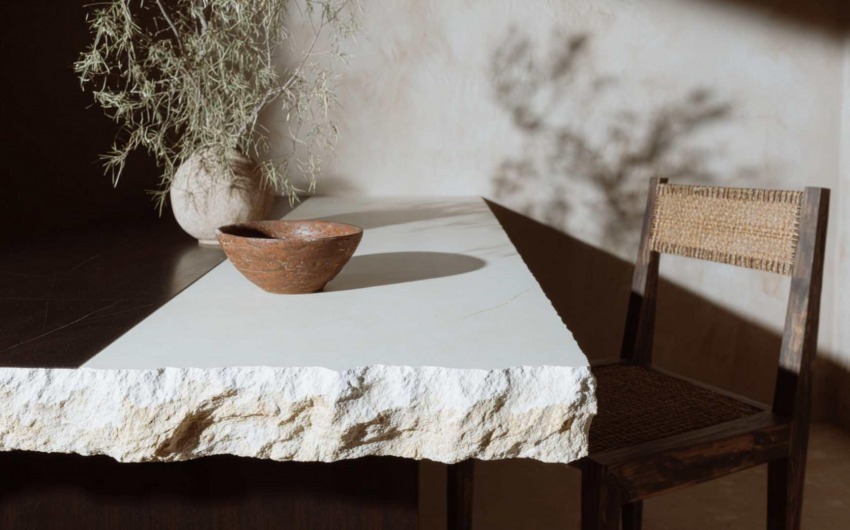
_0f565b1edb_633.jpg)
